Photographs: Tony Gentile/Reuters Dilasha Seth and Indivjal Dhasmana in New Delhi
India's economic growth could trip to a decadal low in 2012-13, in case it falls below the 6.5 per cent in 2011-12 -- widely expected now, even by the government.
Economic growth was a mere 5.5 per cent in the first quarter of this year against eight per cent in the corresponding period of 2011-12.
A quarter before, the gross domestic product grew just 5.3 per cent.
The government expects the economy to do better in the second half.
Even in the global financial crisis period of 2008-09, growth was 6.7 per cent.
But in 2008-09, the government had much more room to provide stimulus to industry.
. . .
Why is economy looking at government for help
Photographs: Reuters
The cost of these came to Rs 1.86 lakh crore (Rs 1.86 trillion) and it widened the Centre's fiscal deficit to six per cent, more than double the 2.5 per cent estimated in that year's Budget.
Besides, the Reserve Bank of India had cut the repo and reverse repo rate aggressively to provide monetary stimulus.
While industry now clamours for a rate cut by RBI, the central bank continues to keep an eye on inflation, 7.45 per cent in October.
This, coupled with a tough global situation, has led to lacklustre investment by private companies.
. . .
Why is economy looking at government for help
Photographs: Pawan Kumar/Reuters
The economy's investment rate was 38.1 per cent of gross domestic product in the pre-crisis period of 2007-08 and this came down to 34.3 per cent in the crisis period the next year.
Rising briefly to 36.9 per cent in 2009-10, it fell to 34.7 per cent the next year and stayed there in 2011-12.
This year, it is projected to rise to 35.3 per cent.
However, in the first quarter, the fixed investment rate rose just 0.65 per cent, against 3.6 per cent in the previous quarter and the high of 14.88 per cent in April-June of 2011-12. In this situation, when the private sector is not forthcoming, will the government bail out industry as it did in 2008-09?
. . .
Why is economy looking at government for help
Photographs: Reuters
A government can provide a booster dose if it has a healthy exchequer.
This year's disinvestment target was Rs 30,000 crore (Rs 300 billion); nothing has happened so far.
There is also a big question mark over the Rs 40,000 crore (Rs 400 billion) estimated originally from the spectrum sale for 2G telecom services.
If the economy slows, tax receipts will also fall short.
The Kelkar committee had expected Rs 60,000 crore (Rs 600 billion) of shortfall from taxes, though this was a worst case scenario.
It is ultimately the government that can borrow at the lowest possible cost.
. . .
Why is economy looking at government for help
Image: A labourer unloads sacks of onions from a supply truck at a vegetable wholesale market in Chennai.Photographs: Babu Babu/Reuters
But government borrowings are already pegged at Rs 5.7 lakh crore (Rs 5.7 trillion) this year, around 5.6 per cent of estimated gross domestic product.
The figure was roughly 5.7 per cent last year.
Continued high borrowing would crowd out what money is left for private investment.
Besides, higher government borrowings would be necessitated if it goes for extra expenditure to pump-prime the economy.
The Centre's fiscal deficit was estimated at 5.1 per cent of GDP in the Budget.
Realising that it was difficult to meet this target, the finance ministry revised the target mid-way to 5.3 per cent.
. . .
Why is economy looking at government for help
Image: A vendor carries a basket of bananas to sell at a market in Kolkata.Photographs: Rupak De Chowdhuri/Reuters
Many dount if even this would be met and peg it between 5.8 and six per cent of GDP.
In Keynesian theory, the government should spend and cut taxes to spur growth when the economy slows.
But when the fiscal deficit is already as high, how can the government play around with its exchequer?
"The government clearly does not want to spend on Sunday, as there is pressure to contain the fiscal deficit.
So, the Keynesian theory may not work here," said Madan Sabnavis, chief economist, CARE Ratings.
A widening fiscal deficit might stoke inflation and prompt rating agencies to cut the country's sovereign ratings.
. . .
Why is economy looking at government for help
Image: Labourers thresh paddy crop in a farm at Sanand, Gujarat.Photographs: Amit Dave/Reuters
If this happened, it would dampen foreign direct investment and foreign institutional investment inflows.
These are required to finance a rising current account deficit.
CAD touched a record level of 4.2 per cent of gross domestic product in 2011-12.
Though it is expected to be lower than this, it was 3.9 per cent in the first quarter this year against 3.8 per cent in the corresponding period last year, even as it was largely due to exchange rate movement.
It is a chain of inaction on all fronts.
. . .
Why is economy looking at government for help
Image: A woman carries bags of white brinjal at a wholesale vegetable market in Ahmedabad.Photographs: Amit Dave/Reuters
Investment-led growth seems out of the question, as a vicious cycle emerges here -- high inflation is reducing the purchasing power of households and the private sector is not investing due to lack of demand plus high interest rates, RBI is not cutting rates as it expects the government to first take action on the fiscal front, as inflation is high.
The government is unable to spend due to the widening fiscal deficit. "There is a sqeeze from all ends," said Sabnavis.
Somebody will have to break this cycle, be it RBI by cutting rates or public sector units sitting on a cash pile of over Rs 2 lakh crore (Rs 2 trillion).
But RBI measures will have a lag effect, while investments by public sector units will not come immediately.
"The public sector has cash but investment from there takes time," said D K Joshi, chief economist with CRISIL.

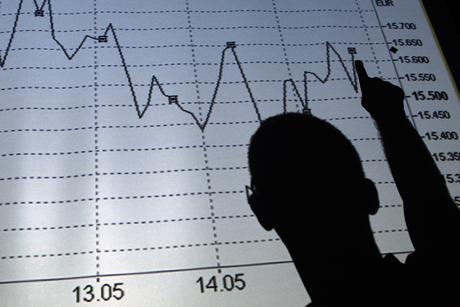
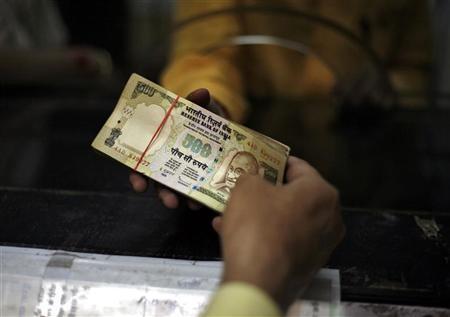
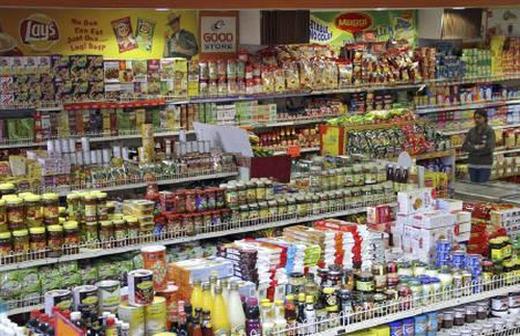
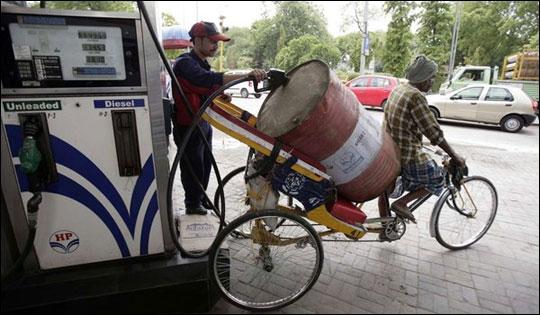

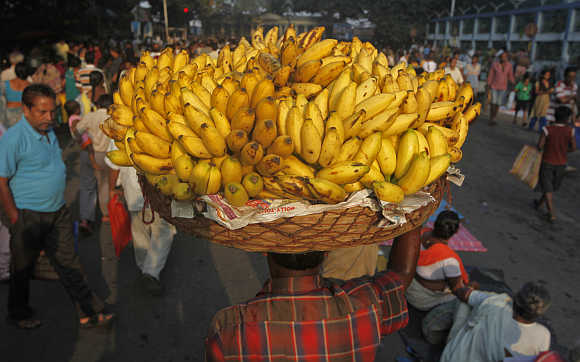



article